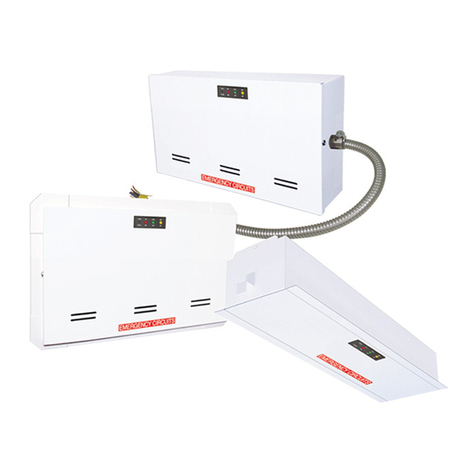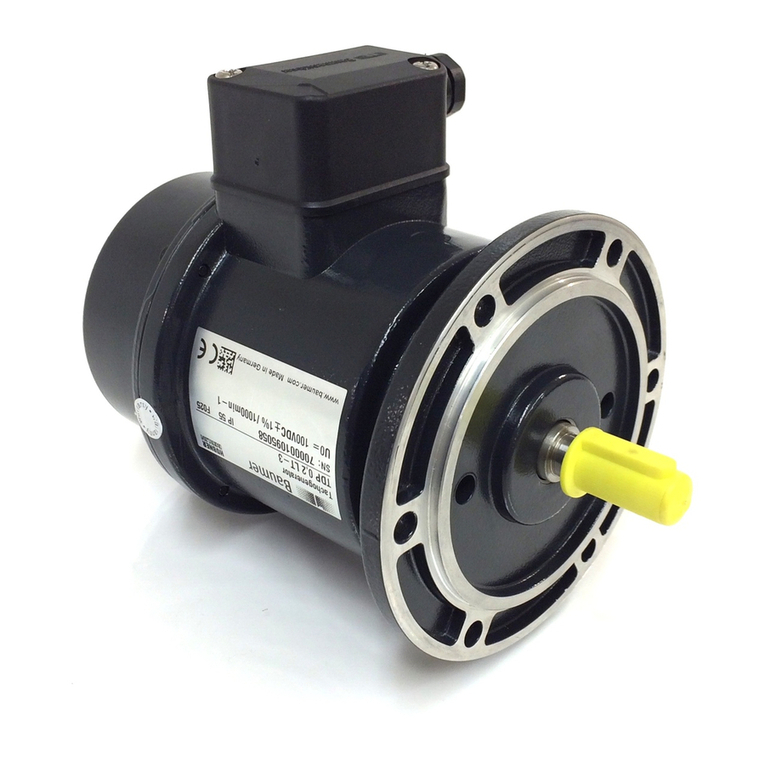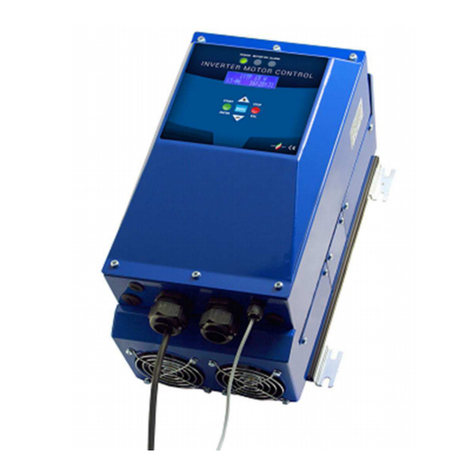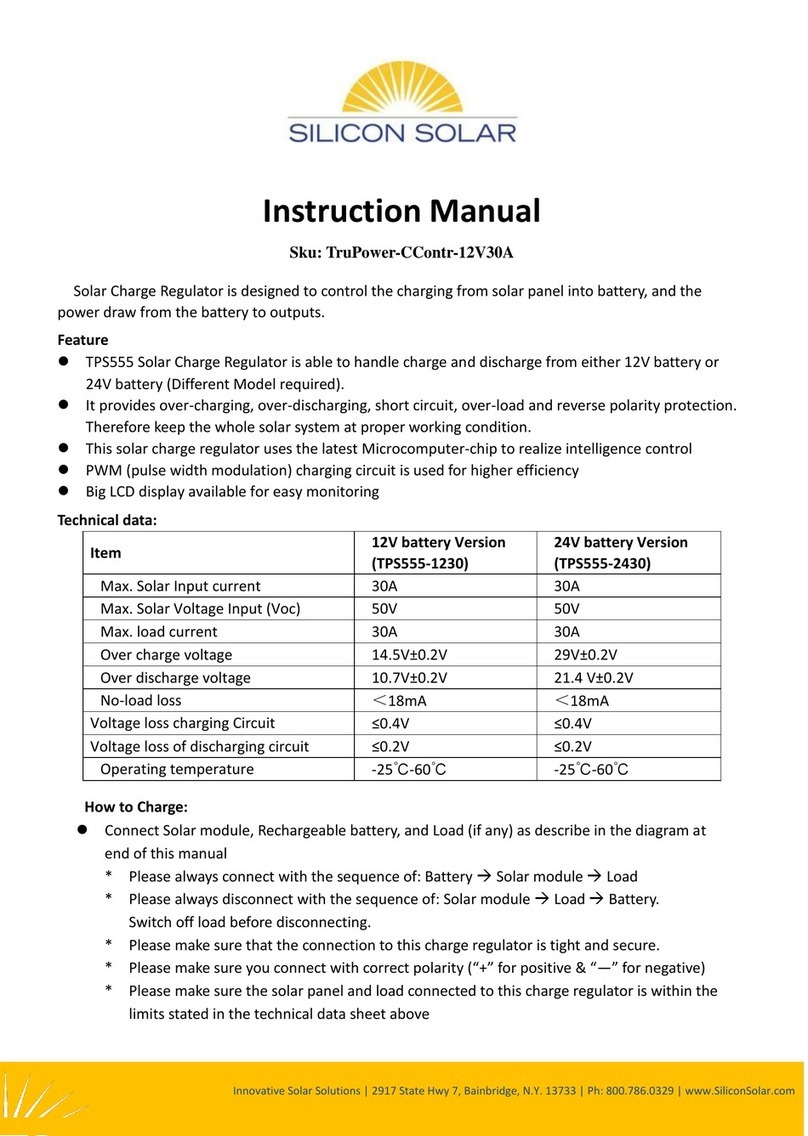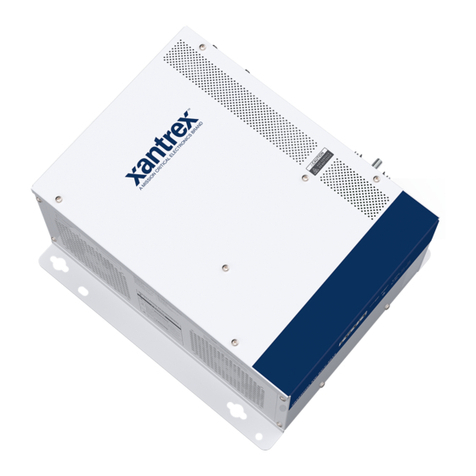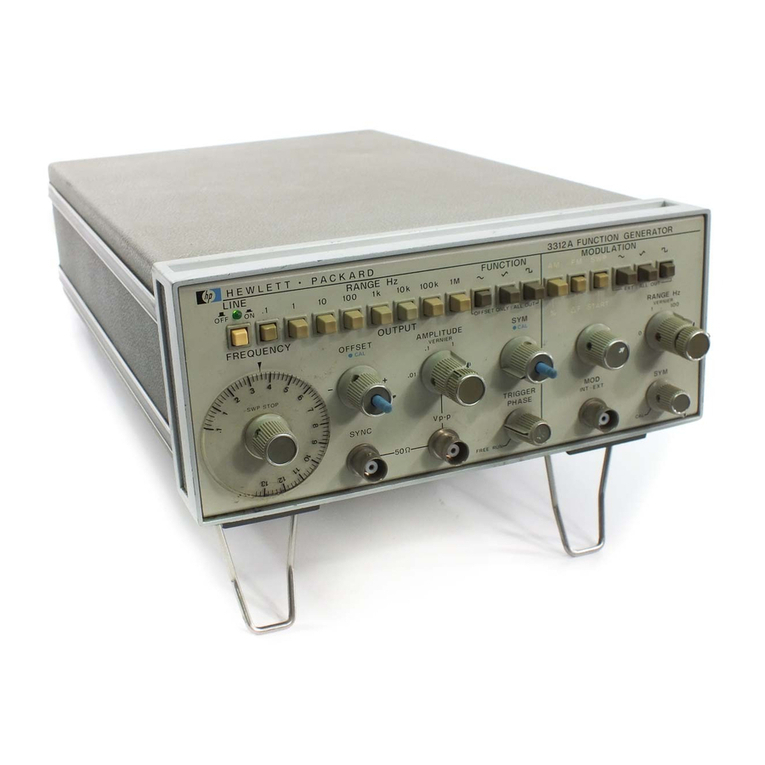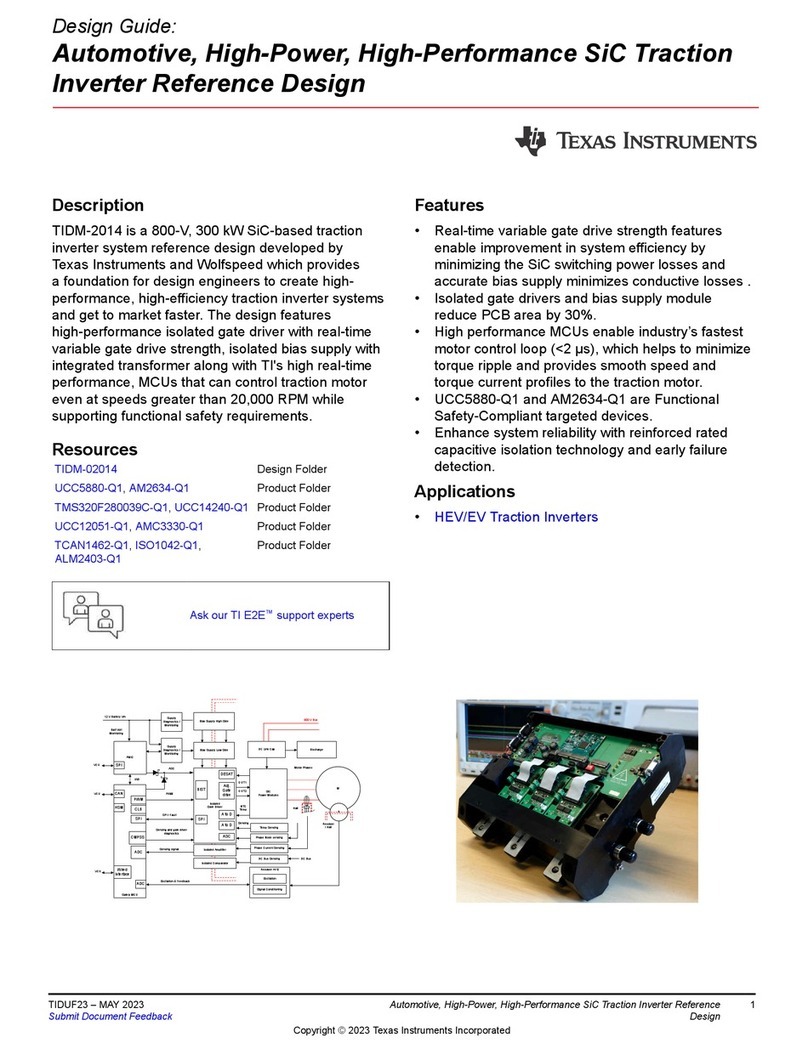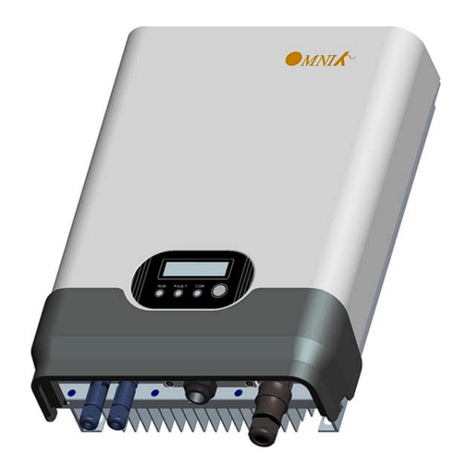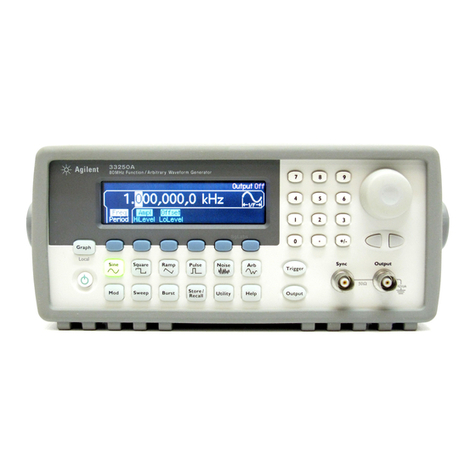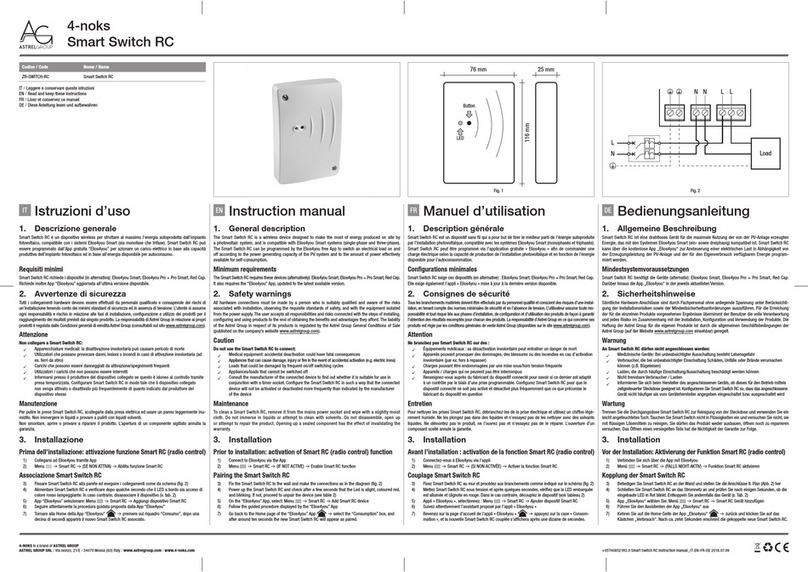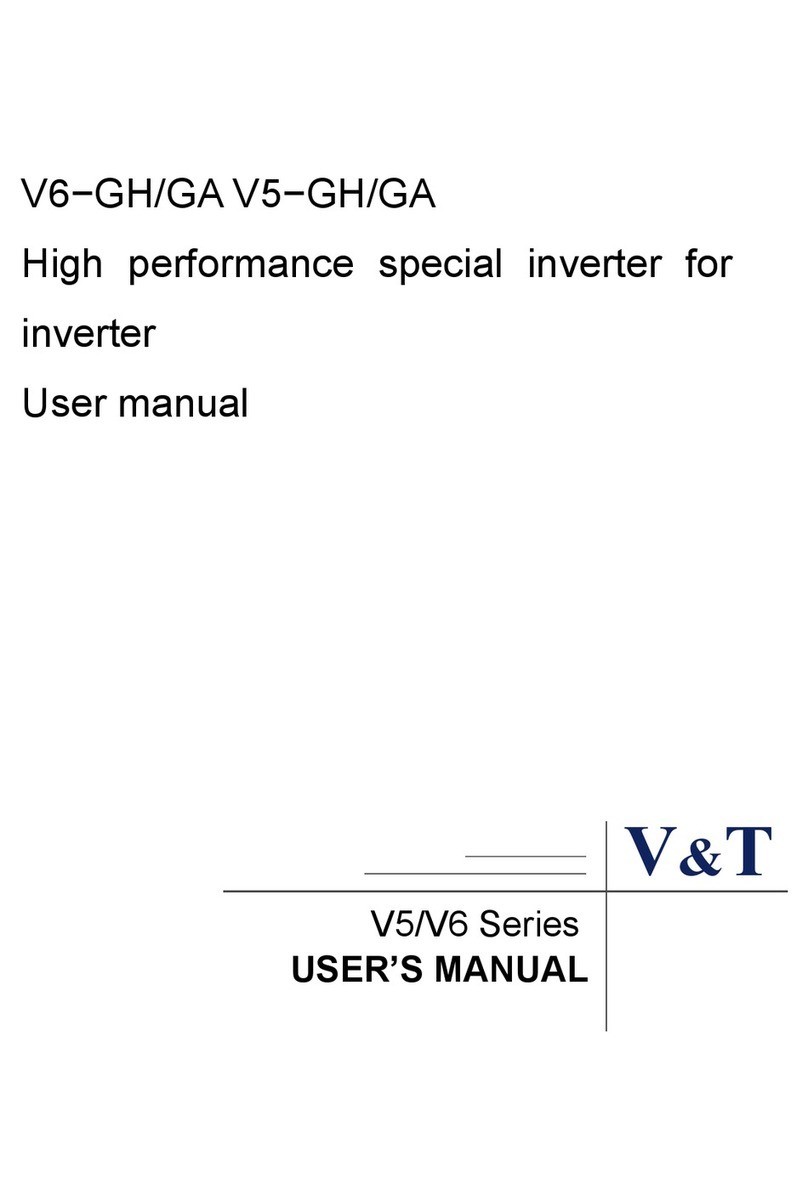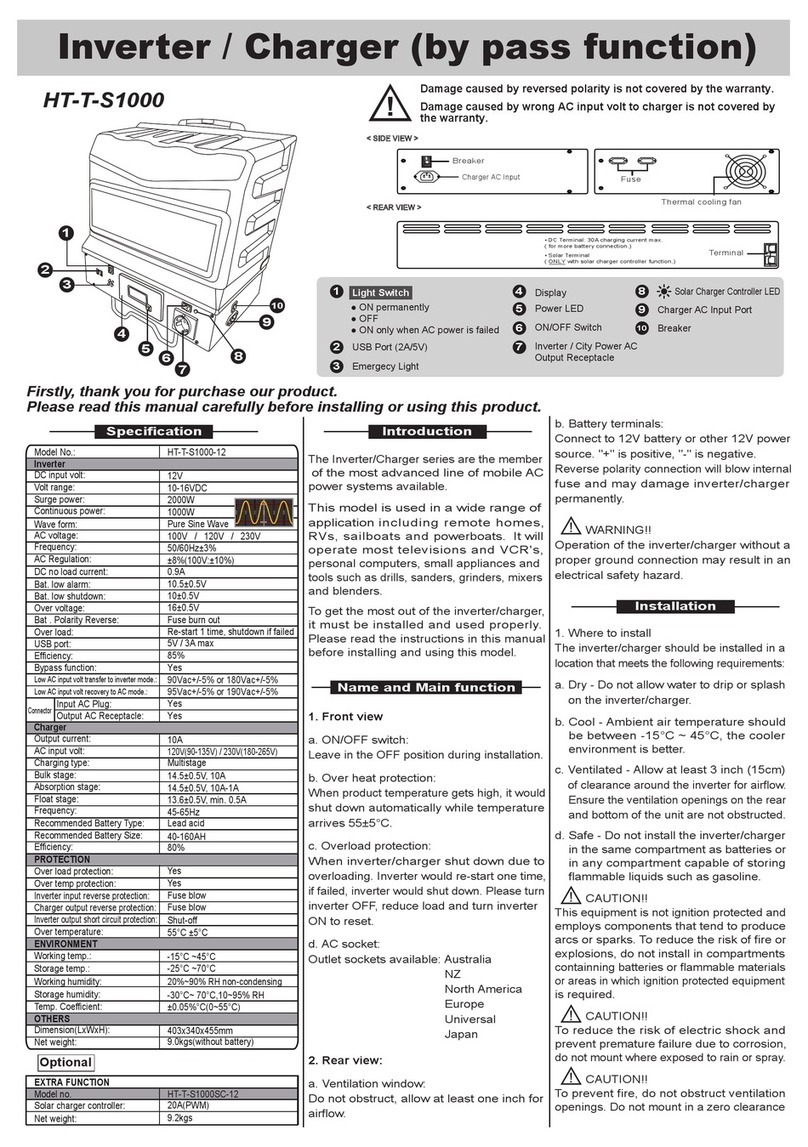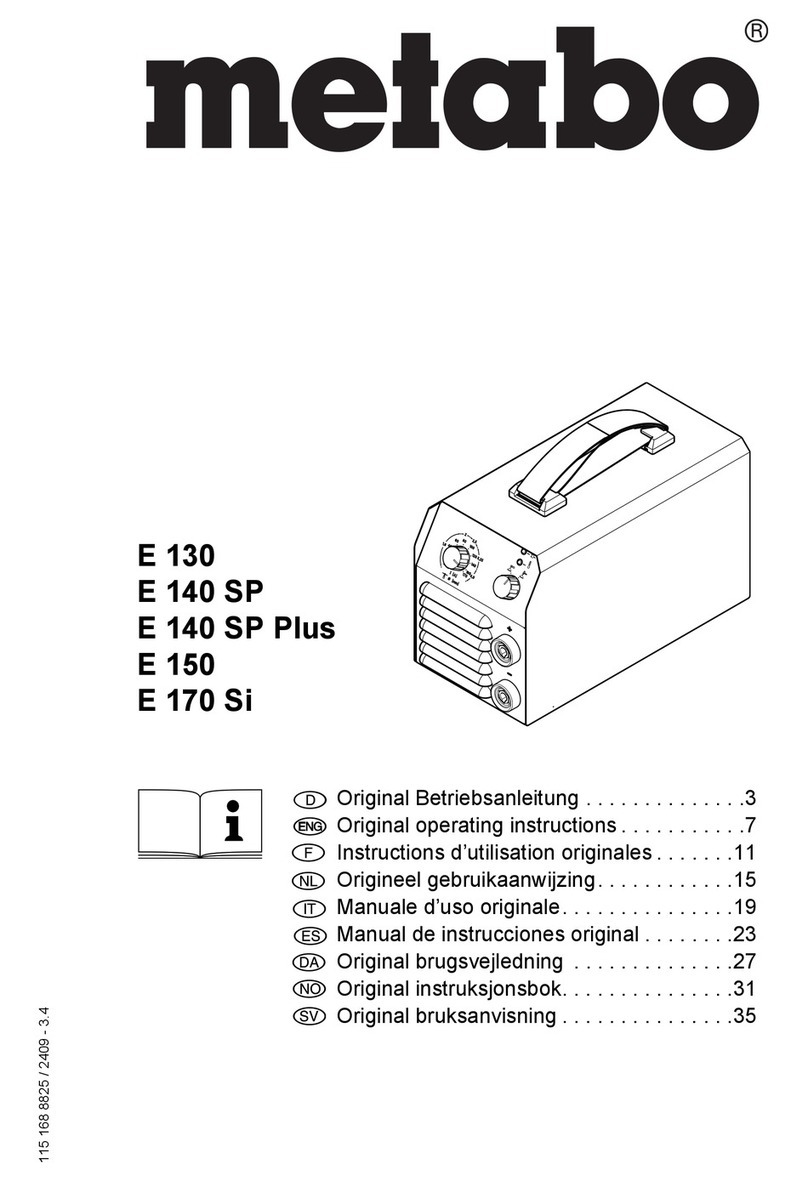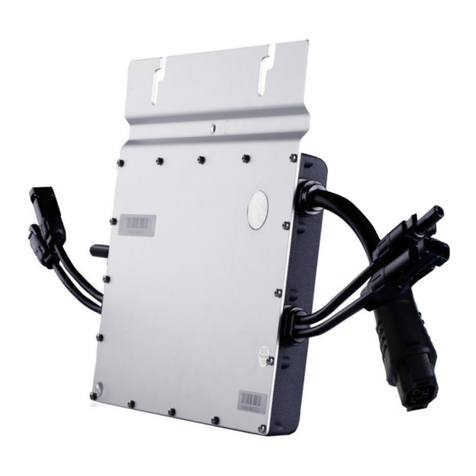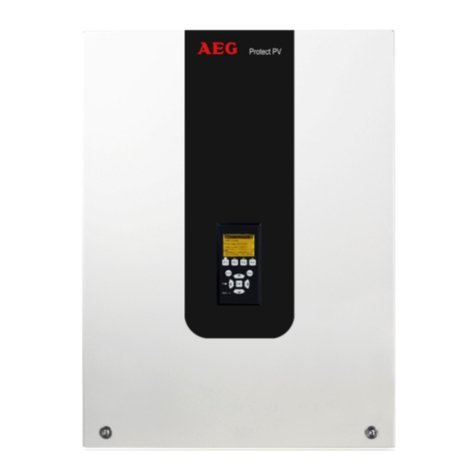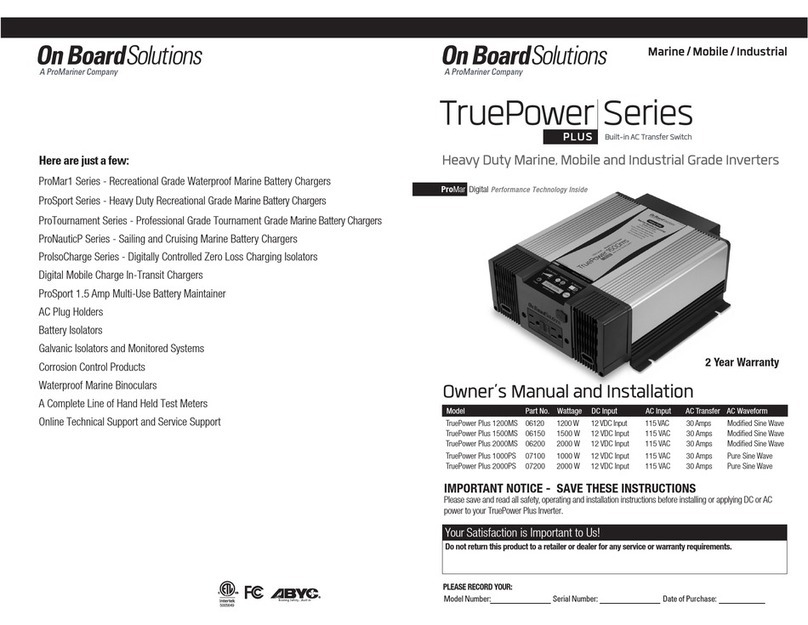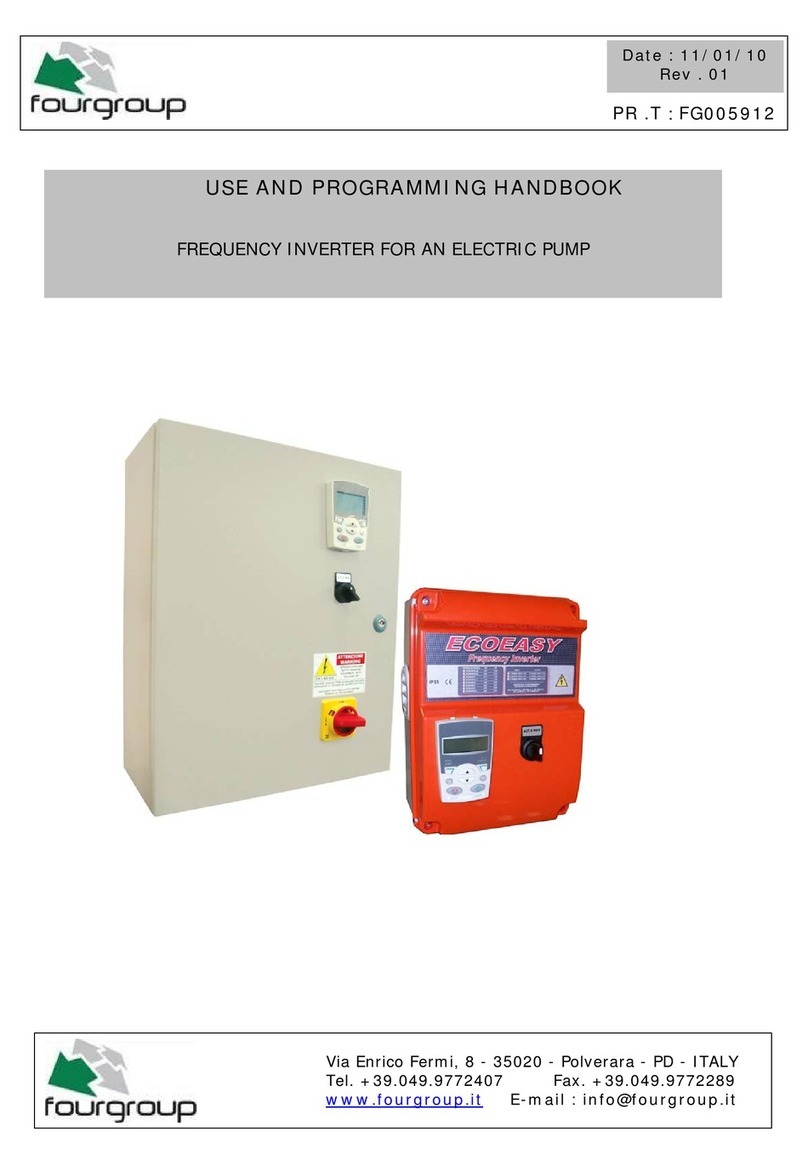
User’s Guide
Using the UCC14141EVM-068 for Biasing Traction Inverter
Gate Driver ICs Requiring Single, Positive or Dual,
Positive/Negative Bias Power
ABSTRACT
This user’s guide provides a description as well as directions for use of the UCC14141EVM-068 to evaluate the
UCC14141-Q1, high frequency, integrated transformer, DC-DC converter module from Texas Instruments. This
EVM allows designers to quickly and efficiently evaluate the UCC14141-Q1 for use in automotive or industrial
applications requiring gate driver IC bias power as high as 1.5 W, meeting up to 5-kVRMS isolation.
Table of Contents
1 Introduction.............................................................................................................................................................................2
1.1 Pin Configuration and Functions........................................................................................................................................ 2
2 Description.............................................................................................................................................................................. 4
2.1 EVM Electrical Performance Specifications....................................................................................................................... 5
3 Schematic................................................................................................................................................................................6
4 EVM Setup and Operation......................................................................................................................................................7
4.1 Recommended Test Equipment......................................................................................................................................... 7
4.2 External Connections for Easy Evaluation......................................................................................................................... 7
4.3 Powering the EVM............................................................................................................................................................. 8
4.4 EVM Test Points.................................................................................................................................................................9
4.5 Probing the EVM.............................................................................................................................................................. 10
5 Performance Data ................................................................................................................................................................ 11
5.1 Efficiency Data..................................................................................................................................................................11
5.2 Regulation Data............................................................................................................................................................... 13
5.3 Steady State Input Current...............................................................................................................................................14
5.4 Start-up Waveforms......................................................................................................................................................... 14
5.5 Inrush Current.................................................................................................................................................................. 16
5.6 AC Ripple Voltage............................................................................................................................................................ 18
5.7 EN-to-/PG Timing.............................................................................................................................................................21
5.8 RLIM.................................................................................................................................................................................21
5.9 Fault Protection .............................................................................................................................................................23
5.10 Shutdown....................................................................................................................................................................... 25
5.11 Thermal Performance.....................................................................................................................................................26
6 Assembly and Printed Circuit Board (PCB) Layers...........................................................................................................27
7 Bill of Materials (BOM)..........................................................................................................................................................30
8 Revision History................................................................................................................................................................... 30
Trademarks
All trademarks are the property of their respective owners.
www.ti.com Table of Contents
SLUUCS5 – FEBRUARY 2023
Submit Document Feedback
Using the UCC14141EVM-068 for Biasing Traction Inverter Gate Driver ICs
Requiring Single, Positive or Dual, Positive/Negative Bias Power
1
Copyright © 2023 Texas Instruments Incorporated
